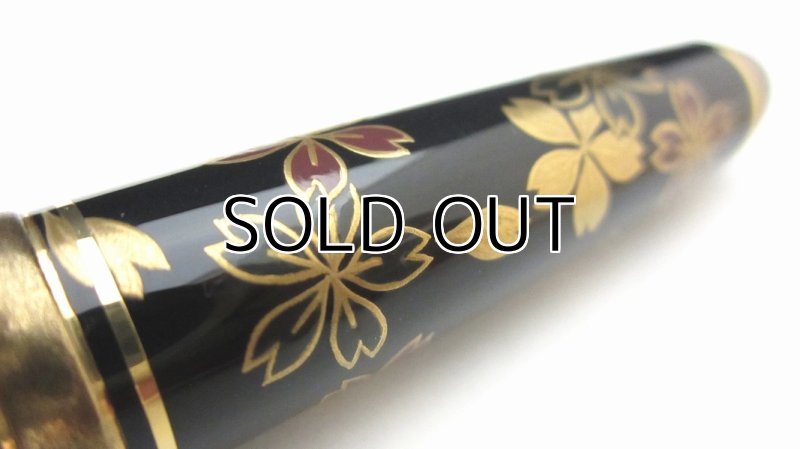AGJ Original Maki-e Fountain Pen #22 "Cherry blossoms in the night" Sparkling Togidashi Taka Maki-e Kyoto Japan Wa
AGJ Original Maki-e Fountain Pen #22 "Cherry blossoms in the night" Sparkling Togidashi Taka Maki-e Kyoto Japan Wa
Please contact us from here for the price.
Item Description
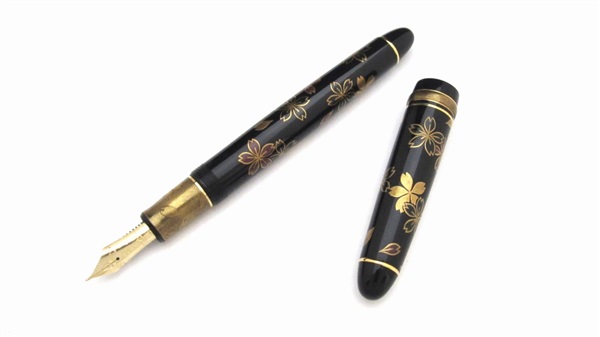
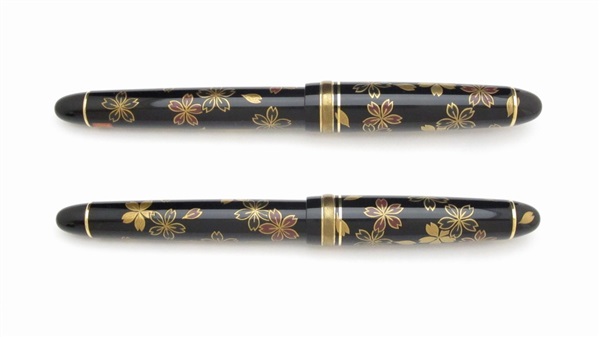
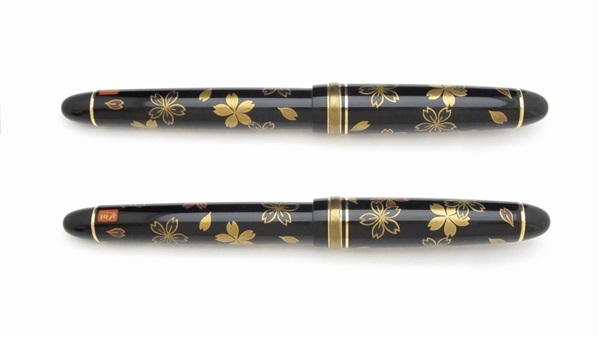
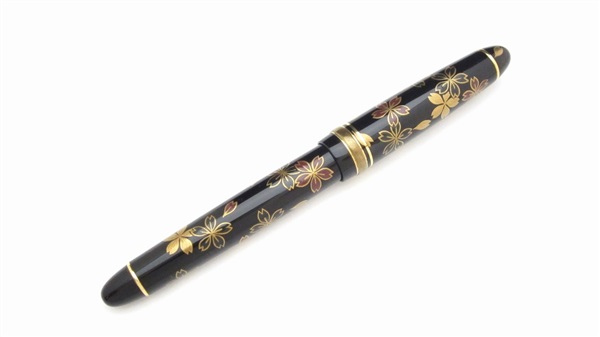
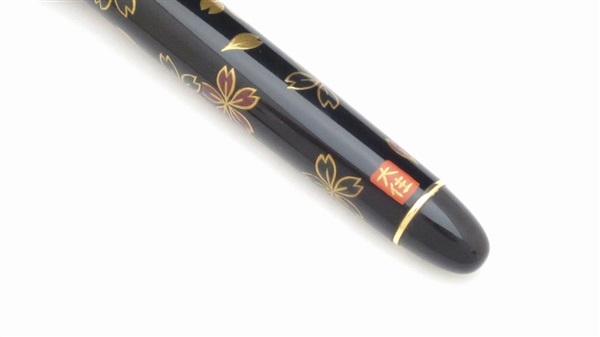
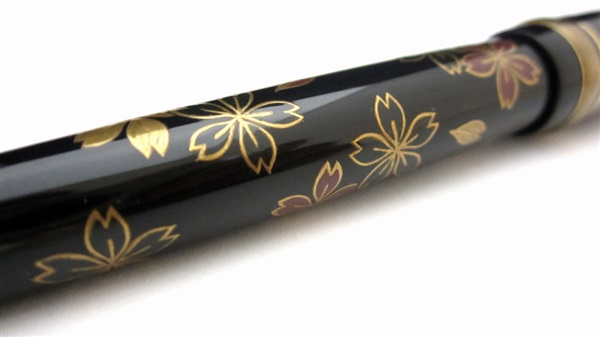
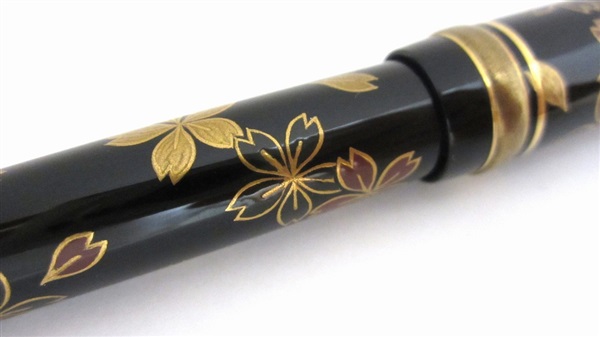
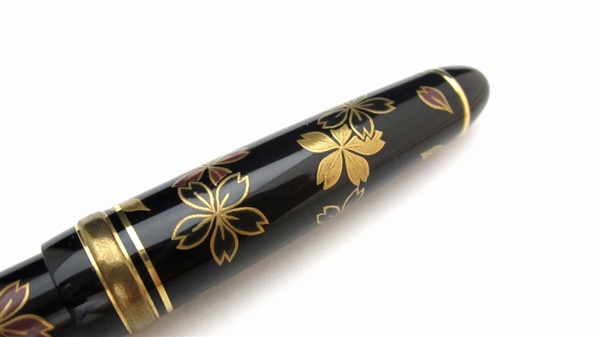
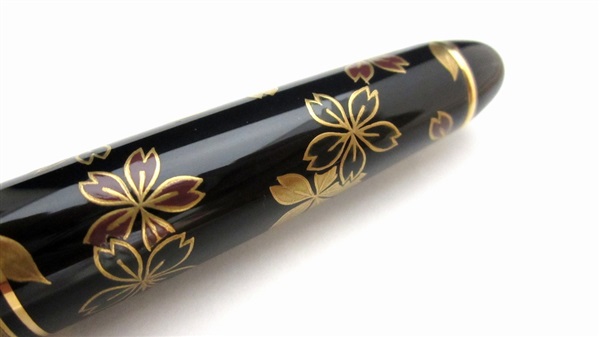
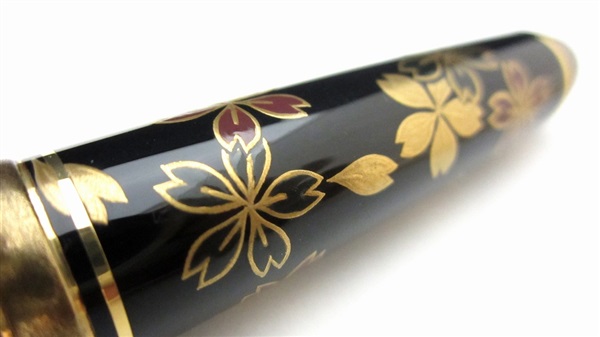
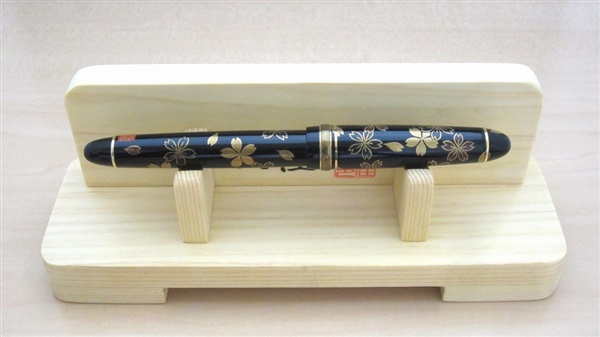
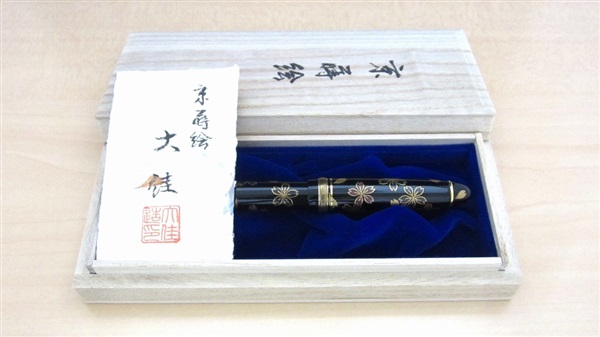
This Authentic Goods from Japan's Original Maki-e Fountain pen is made by famous Kyoto Maki-e Artisan "Daikai".
This pen is only one in the world. You can not find it anywhere.
Kyoto Maki-e is the best known Maki-e technique in Japan.
This is original maki-e fountain pen based on Japanese fountain pen.
This pen is only one in the world. You can not find it anywhere.
Kyoto Maki-e is the best known Maki-e technique in Japan.
This is original maki-e fountain pen based on Japanese fountain pen.
[Description]
| Name: | Grapes and Squirrel #23 (Pilot Namiki Original) |
| Maki-e Artist: | Daikai |
| Technique: | Togidashi Taka Maki-e, Raden |
| Origin: | Kyoto, Japan |
| Nib: | 14K Gold |
| Nib size: | Medium |
| Size: | 15.7mm(Dia.) x 146mm |
| Shipping: | FREE SHIPPING! |
| Others: | With CON-70 converter With the pen stand |
Custom engraving service on AGJ's original Maki-e fountain pens is available for those who wish.
|
[Techniques used for Cherry blossoms in the night]
Technique: Togidashi Taka Maki-e (Makie)
Special feature: Gold on blue petals and red petals becomes more apparent as time goes by.
Production period: Takes 3 to 4 months to finish decorating one fountain pen. It takes at least one week to dry one layer.
- Coat Urushi lacquer on the whole body of the fountain pen. Let it dry and polish the surface to make it smooth
- Paint thin layer of Urushi lacquer
- Sprinkle rough gold powder
- Harden with Urushi lacquer mixed with raw Urushi lacquer and black Urushi
- Polish the surface until gold shows on the surface (This process is called Togi-dashi)
- Polish the surface and Coat Urushi lacquer again
- Let it dry
- Polish the surface to make it shiny
- Raise silver on the petals
- Polish the surface to make it smooth
- Apply thick layer of lacquer
- Let it dry
- Polish the surface to make it smooth
- Raise thick layer of lacquer again
- Polish the surface to make it smooth
- Apply thin layer of lacquer
- Sprinkle gold powder
- Harden with Urushi lacquer
- Let it dry
- Polish the surface to make it shiny
- Draw and paint the design with Urushi lacquer
- Sprinkle gold powder
- Harden with Urushi lacquer
- Let it dry
- Polish the surface
- Red: mix black, red, purple and transparent Urushi lacquer together.
- Blue: mix black, blue and transparent Urushi lacquer together.
Polish the surface until the gold shows on the surface.
About Togi-dashi Technique:
Togi-dashi means polishing the surface with charcoal or synthetic whetstone until gold shows on the surface.
When the rough gold powder is polished, the surface of gold reflects light irregularly. Then polish the surface with absorbent cotton impregnated with polishing paste made by mixing polishing powder and oil.
[DAIKAI's Career]
| Year 1950 | Born in Kyoto His father, uncle, grand father and grand-grand father were Urushi Lacquer masters too. |
| 1969 | Another Urushi artist "Masakichi Shima" started teaching Daikai. |
| 1976 | Daikai began succeeding to inherit the style of Kyo makie(Maki-e). |
| 1985 | Won the Kyoto Chamber of Commerce Award at Kyoto Lacquerware exhibition. |
| 1986 | Held Urushi Lacquer exhibition at Kyoto Takashimaya(the largest department store in Japan). |
| 1990 | Exhibited at the Arts and Crafts in kyoto. |
| 1991 | Became a technical lecturer for the artists at the traditional industry at Kyoto. |
| 1994 | Opened his Kyoto Urushi lacquer school. |
| 1995 | Invited to display his works at INFA 1995 in Hannover, Germany. |
| 1997 | Won the award at the industrial techniques for the crafts in Kyoto. |
| 1999 | Held the first Kyoto Urushi lacquer school’s exhibition at Ko-dai temple, Kyoto. |
| 2001 | He has held the traditional crafts exhibition every year since 2001. |
| 2008 | Held Amber Maki-e and Lacquer works exhibition at Sogo department store. |
| 2009 | Held Kyoto Urushi Lacquer exhibition at Takashimaya in Namba, Osaka. |
He lives in Kyoto now and teaches many Maki-e artisans Kyoto-Makie technique. |
